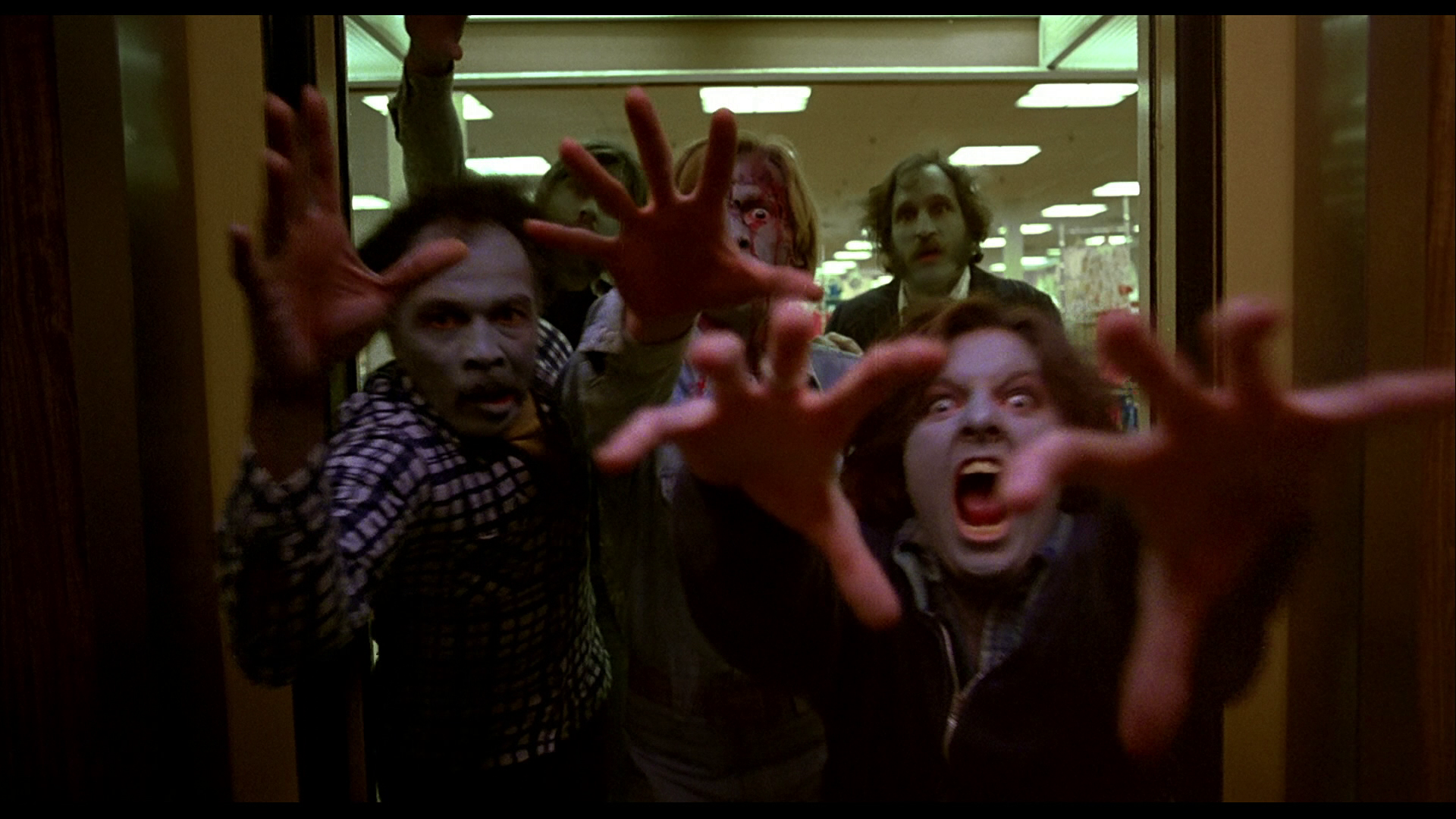Few figures in horror are more familiar, no matter your age, than Vincent Price. With more than 100 films to his credit, not to mention the Scooby Doo episodes and Thriller rap, the iconic voice and face of evil (and sometimes comedy) left an impression. Whether it’s his hapless scientist in The Fly (1958), the sole survivor of a zombie/vampire epidemic in 1964’s The Last Man on Earth, or his murderous supervillain in The Abominable Dr. Phibes (1971), Price put his voice, his height, his hair and pencil-thin mustache to evil use with a panache few could match.
With the help of Phantom Dark Dave, we take a look at the best Price had to offer.
5. Masque of the Red Death (1964)
One of many Poe adaptations director Roger Corman did with Price, this one sees the actor as a Satanic prince ruling over a plague-beset village. While he tries to turn one village innocent (Jane Asher) from her naïve ways, his lover Juliana (Hazel Court) decides she’s finally ready to wed Satan.
All this takes place at a party the prince is throwing – a closed-off house party of sorts, where guests are encouraged toward debauchery and kept safe (they believe) from the plague outside.
Price cuts a bemused presence of evil in this overly dramatic adaptation that throws some provocative notions and bold color into the Poe mix.
4. House on Haunted Hill (1959)
Price famously worked with B-movie maestro William Castle twice. While The Tingler succeeded in many ways – cinematic and historical – House on Haunted Hill became their most iconic and memorable collaboration.
Chock-full of cheese and floating heads, the film is best watched as a joyous bit of nostalgia. Price’s millionaire Frederick Loren hosts a party in a haunted house at the behest of his wife. Isn’t she amusing? Guests are locked in, and those who survive the night will take home $10k.
The bumps in the night are laughable by today’s standards, but the fact that this plot has been lifted so many times – even making its way into a Flintstones episode – speaks to the simple power of the tale.
3. House of Usher (1960)
Roger Corman made 8 films with Vincent Price, most of them adaptations of the work of Edgar Allen Poe. House of Usher is the strongest of the efforts, primarily because of Price’s presence.
Starkly blond and working his height to achieve a ghastly presence, Price’s Roderick Usher is a weirdo from the word go. The performance fits this tale of sibling trouble perfectly, as Corman – with the help of Price and Myrna Fahey as Roderick’s sister Madeline – mines something unseemly and yet well hidden in the family dynamic.
What is Roderick’s deal with his sister, really? Corman finds something symbolic and uthinkable in the Usher madness that Poe barely hinted, and though this House of Usher is never entirely out with it, it lays a queasying undercurrent that makes the film a success.
2. Theatre of Blood (1973)
Vincent Price made 101 films, but in a way, it feels like fewer. Maybe because so many of them were basically the same film: a decent man is believed to have died horribly; disfigured and insane, he returns to exact bloody vengeance in increasingly bizarre yet clearly outlined ways.
This could be House of Wax, any of the Dr. Phibes films, and Theatre of Blood. What makes the latter stand out is that, even as it reworks themes so terribly familiar to Vincent Price fans, it does it in a way that sends up Price’s image and still tells a clever tale.
Price’s Edward Lionheart believed himself to be the greatest actor in London. When the city’s eminent critics fail to give him the recognition he is due, he falls to his death. Or does he?
Using strategies that not only call back to Price’s earlier works but predict both Seven and some of the Saw franchise, the spurned actor comes calling to make his critics eat their words – and sometimes their dogs.
1. Witchfinder General (The Conqueror Worm) (1968)
Price’s one true horror film asks him to step outside his comfort zone a bit. Yes, he once again plays the evil villain – clearly the role the lanky, mustachioed tenor was born to play. But as Matthew Hopkins, self-appointed “witchfinder general” he gets to really tear into his work.
Hopkins, along with his evil henchman John Stearne (Robert Russell) travel the English countryside ridding villages of witches on the taxpayer’s dollar. Woe to those who think they can spurn a sexual advance – which makes you wonder just why righteous soldier Richard (Ian Ogilvy) leaves his bride-to-be alone with her uncle, the priest who’s losing favor in the village. Hell, he even gives the two witch hunters directions to her house. What kind of love is that?
Director Michael Reeves takes the movie in directions unlike those found in most of Price’s work. The film was released in the states as The Conqueror Work, a Poe phrase meant to connect it to Price’s slew of Poe-inspired films, but fans of that franchise would likely balk at the overt violence on display here.
It remains an effective work of horror, and Price’s most convincing performance.









